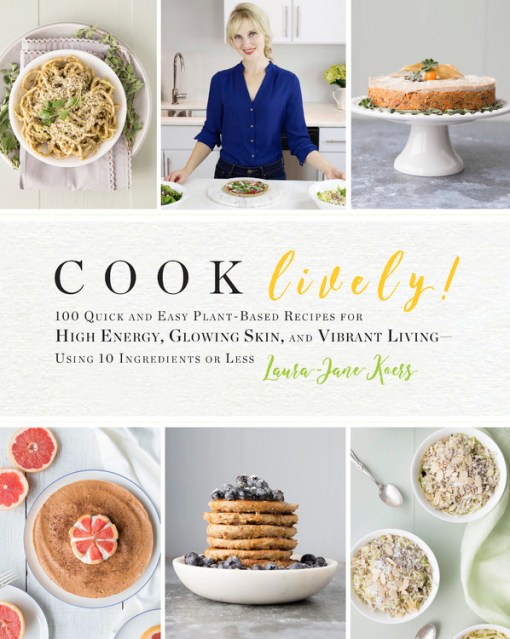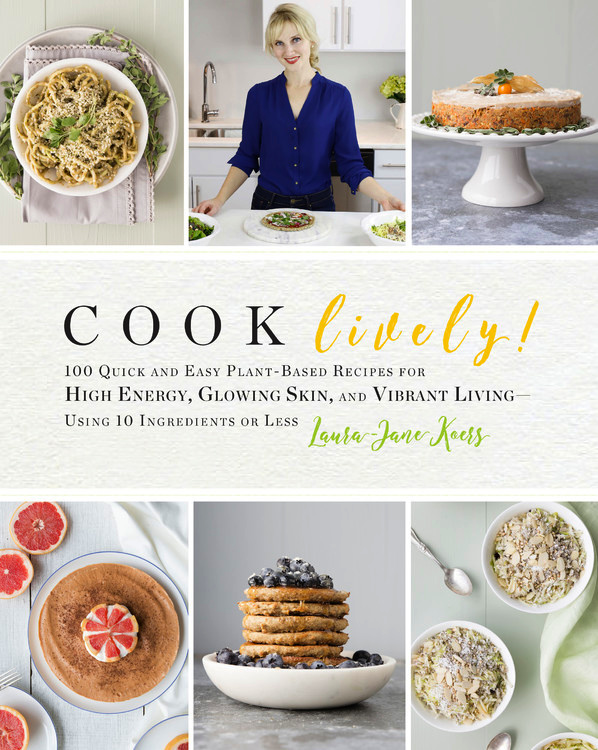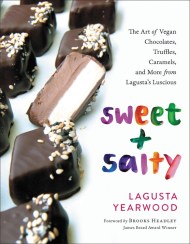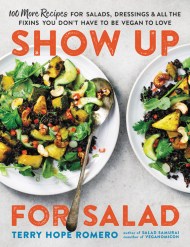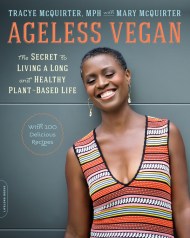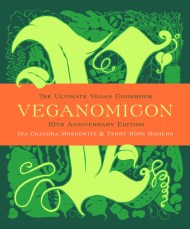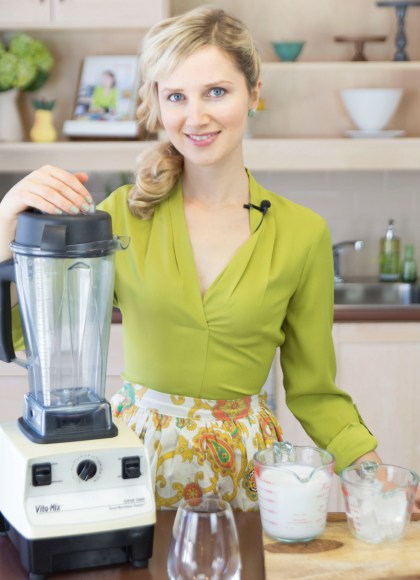Promotion
Use code MOM24 for 20% off site wide + free shipping over $45
Cook Lively!
100 Quick and Easy Plant-Based Recipes for High Energy, Glowing Skin, and Vibrant Living-Using 10 Ingredients or Less
Contributors
Formats and Prices
Price
$24.99Price
$32.49 CADFormat
Format:
- Trade Paperback $24.99 $32.49 CAD
- ebook $15.99 $19.99 CAD
This item is a preorder. Your payment method will be charged immediately, and the product is expected to ship on or around May 30, 2017. This date is subject to change due to shipping delays beyond our control.
Also available from:
Fresh, raw plant foods are the key to vibrant health, glowing skin, and high energy. But many raw and vegan recipes require trips to specialty stores and long hours in the kitchen; Laura-Jane Koers is on a quest to create amazing recipes using staple ingredients that can be found all year round and might already be in your kitchen. (Think bananas, apples, carrots, celery, and onions-no need to make a special trip for fresh coconut and celeriac.) Koers is known for her easy and accessible plant-based cuisine on her blog TheRawtarian.com. In Cook Lively, she shares satisfying recipes to whip up healthy meals with as few ingredients and prep as possible. Cook Lively is the go-to cookbook when you’re hungry for something wholesome, delicious, and quick.
Genre:
- On Sale
- May 30, 2017
- Page Count
- 256 pages
- Publisher
- Da Capo Lifelong Books
- ISBN-13
- 9780738219677
Newsletter Signup
By clicking ‘Sign Up,’ I acknowledge that I have read and agree to Hachette Book Group’s Privacy Policy and Terms of Use
